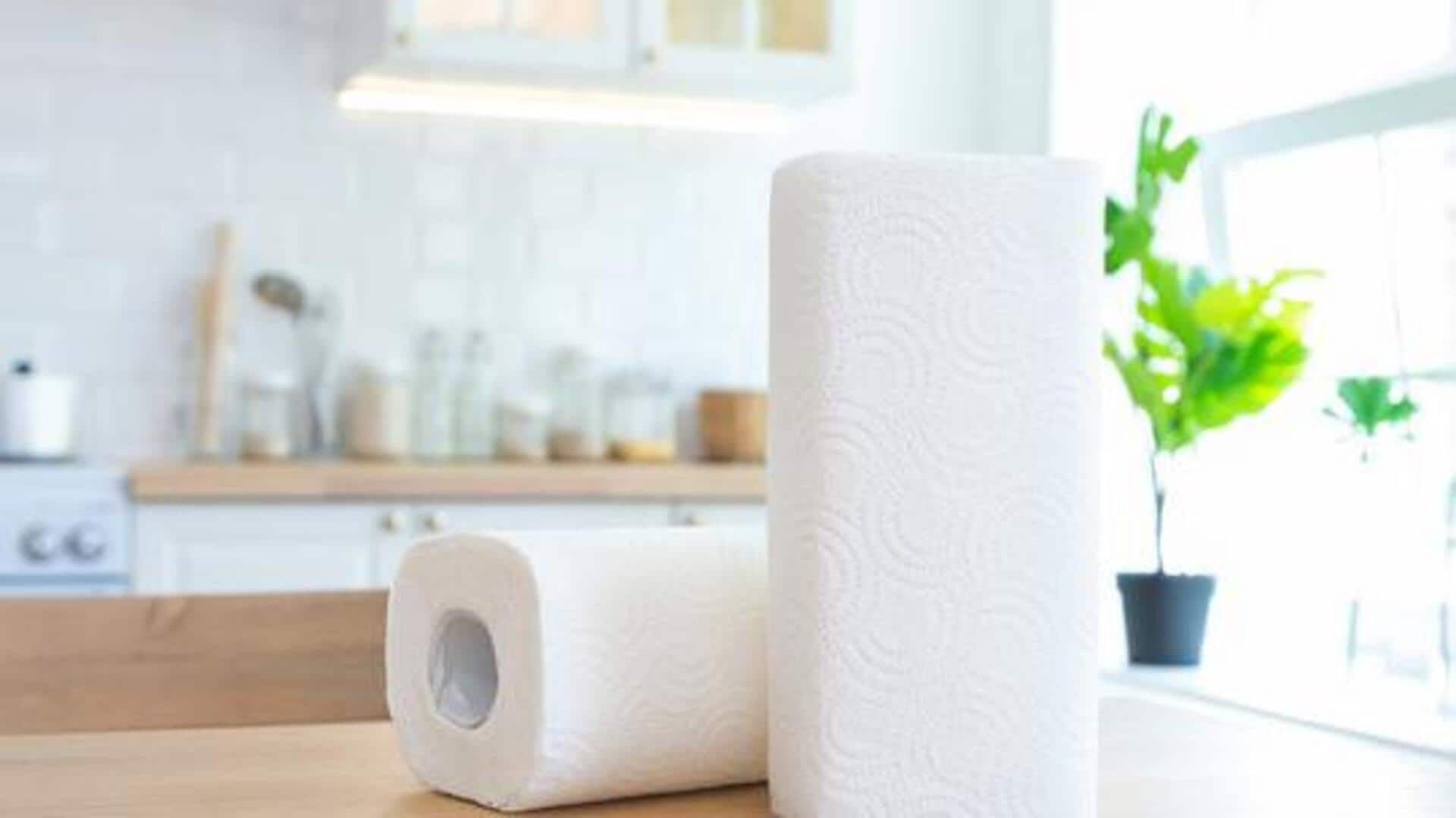
Hand dryers v/s paper towels: Which is more hygienic?
What's the story
The hand-dryer v/s paper towel debate is often a hygiene debate. There are so many myths about which one is cleaner, but it's time we set the record straight. This article will bust common myths and give you a clearer idea of what each method means for your hygiene. Let's see how bacteria spreads, environmental impact, cost effectiveness, etc., differ for both.
Bacteria spread
Bacteria spread: The real story
A common myth is that hand dryers spread more bacteria than paper towels. Both methods have their pros and cons in terms of bacterial spread, studies show. For instance, hand dryers can disperse bacteria if not properly maintained, while paper towels can harbor germs if not disposed of correctly. The key lies in proper usage and maintenance rather than the drying method itself.
Environmental impact
Environmental impact: A closer look
When it comes to environmental impact, paper towels are the biggest offenders. They add to the waste pile since they're single-use. Electric hand dryers, on the other hand, are energy guzzlers but help reduce waste. So, the choice between the two usually comes down to whether you want to prioritize energy consumption over landfill contribution or not.
Cost-effectiveness
Cost-effectiveness: Weighing the options
From a financial perspective, however, hand dryers tend to be more economical in the long run, even if they are more expensive to install than paper towels. Paper towel costs add up over time, as they need to be constantly purchased. Facilities must consider the initial investment versus constant supply expenses when determining which option fits the budget better.
User preference
User preference: What people choose
Ultimately, user preference plays a major role in deciding which drying method is more preferred in public restrooms. While some people like the quickness of paper towels for instant results, others prefer the touch-free modernity of today's hand dryers for the sake of hygiene. Knowing the user preference helps facilities make educated decisions based on their audience's needs.